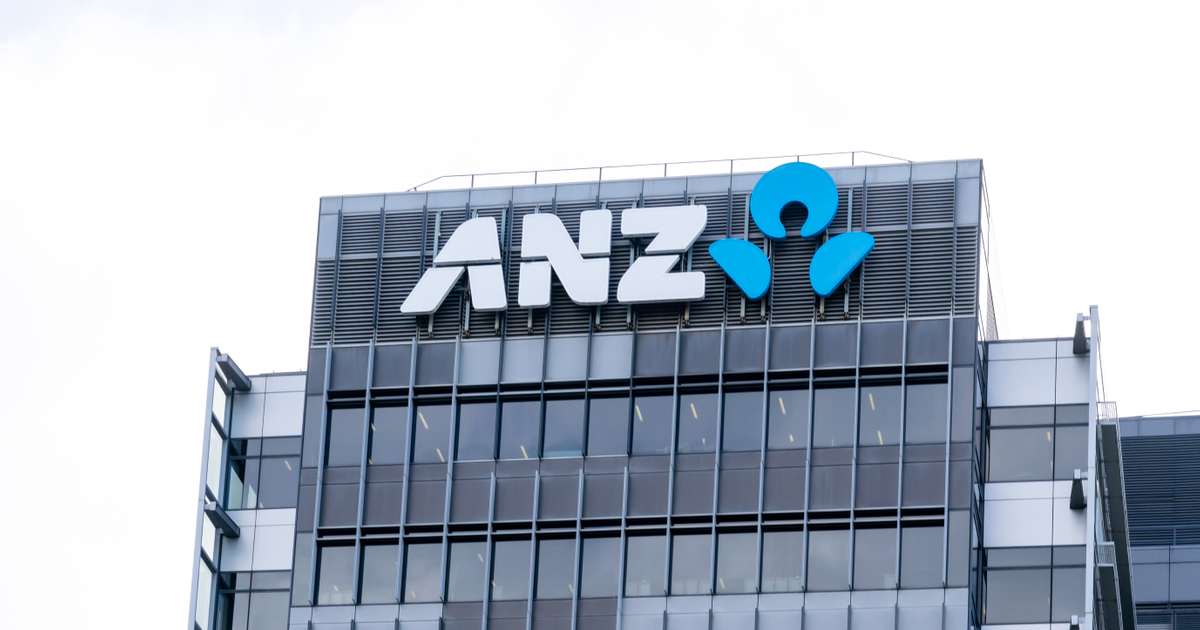Why purpose marketing isn't resonating with consumers—and how brands might change that
Despite a surge in purpose marketing, most consumers still can’t easily recall brands doing good work around sustainability, diversity and community and also care less than they did a few years ago.

Brand purpose has been a mainstay of marketing for more than a decade. But new research suggests people generally don’t make strong connections between brands and a positive impact on social issues.
The latest results from research firm GfK’s Purpose Impact Monitor survey found that more than half of U.S. consumers couldn’t spontaneously identify any brands or companies making a positive difference in any of three key areas—the environment, diversity and inclusion, and giving back to the community.
What’s more, brands that did the best in unprompted mentions weren’t ones that necessarily focus heavily on environmental, diversity or community impact in their advertising. They were generally well-established, big-spending brands that have high awareness anyway, which tends to benefit brands in any kind of recall survey, said Eric Villain, managing director of marketing effectiveness for GfK North America.
Combined with other recent research from CivicScience suggesting people care less about brands' social stands than they did a few years ago, the GfK research calls into question whether purpose marketing as practiced today is working. Marketers conflating cause marketing with purpose marketing may be part of the problem, and purpose messages closely linked to what a brand makes or does may have far more impact.
Read more: The difference between purpose and cause marketing
Amazonian purpose
Amazon, the biggest U.S. advertiser per the Ad Age Datacenter and which last year set an industry record with $20 billion in advertising and promotional spending, also got the most unprompted mentions from the 2,024 GfK respondents for positive associations on environmental (174), diversity (298) and community (193) issues. Walmart came in at No. 2 in the latter two categories and No. 3 behind Tesla on the environment. Target, Google and Apple were among others that rated well in one or more categories.
Subscribe to Ad Age Datacenter
Sign up now for essential data and insights on all of the most-advertised brands
The GfK research suggests that, especially as economic concerns rise, brand purpose may be a waning factor in people’s purchase decisions. Recent tracking survey results from CivicScience found today’s 18- to 24-year-olds are less concerned about brand social consciousness in their purchase decisions than the same age group was five years earlier, and that a majority of people of all ages would prefer brands not take stands on political or social issues.
It also comes as at least one big marketer once associated with purpose—Procter & Gamble Co—doesn’t really use the word anymore. Although it hasn’t stopped advertising around social issues, P&G has tended to focus such advertising on product benefits.
Some of the data does conflict with the closely watched Edelman Trust Barometer, which has become something of a bible when it comes to monitoring purpose marketing. But evidence of limited or waning purpose impact comes from well-established independent research firms that, unlike Edelman, don’t have a stake in public relations campaigns around purpose.
Also read: Purpose marketing ad reviews
Why people don’t get the association
“There may be a little bit of dissonance between what a brand says versus what people understand the brand to be,” said Villain, explaining the results of the GfK survey. Beyond that, most brands spend more on advertising their core product and service offerings than they do on any purpose initiatives, Villain said.
A third factor, which Villain said GfK will explore in future research, is whether purpose messages linked more closely to a brand’s category and products have more impact. Relatively strong results for P&G’s Tide in the latest survey suggest that’s the case.
When GfK survey respondents were told the names of 16 brands and asked if they associated them with sustainability, DE&I or positive community impact, more people did make the connection than when they weren’t given prompts.
More marketing news from Ad Age
Asked about specific brands, 69% linked Target with positive impact in one or more of the areas. Others that fared well included Walmart (68%), P&G’s Tide (65%), Starbucks, Seventh Generation and Pepsi (63% each), and Ben & Jerry’s (60%). Amazon was not one of the prompted brands.
But the two Unilever brands that have largely been built around their support of environmental and social causes—Seventh Generation and Ben & Jerry’s—came in slightly behind other brands that historically have made those causes a smaller part of the proposition, Villain said.
Tide’s relatively strong showing likely owes to the P&G brand putting substantial money behind its “Turn to Cold” campaign to get people to wash in cold water—in part to help the environment as well as to save money—and because that advertising is directly related to what the brand does, he said.
Cold truth about purpose
Tide’s experience points to why some purpose advertising works, and some doesn’t, said Jim Stengel, who as chief marketer at Procter & Gamble Co. in the 2000s and during his post-P&G consulting career helped popularize purpose in marketing like few others.
“We found in data we’re looking at that consistency is so important,” Stengel said, pointing to data from BERA, a brand tech platform his consultancy collaborates with, which calculates Purpose Scores of 4,000 plus brands across 200 categories.
“Tide has been consistent over time,” Stengel said. “They’re in washing machines when you buy them, and their message is ‘use cold water.’” And the brand has run a “Cold Callers” campaign focused on its efforts to get people in the U.S. to dial back the heat when they wash, using Tide products P&G bills as working as well in cold water as hot.
“They’re in the right place with a relevant message that makes sense for their category,” Stengel said.
Read more: Tide wants consumers to wash clothes in cold water
Another brand that scores consistently well in BERA—though it wasn’t among the 16 GfK prompted respondents with the survey—is Nike, Stengel said, because of its consistent messaging around how people should get moving.
That purpose is entirely related to the athletic apparel and gear that Nike sells, but not directly related to the environment, DE&I or community impact. And that ties into another reason purpose marketing often fails, Stengel said, because marketers often incorrectly conflate it with cause marketing, regardless of whether the cause is closely related to the brand.
More on purpose marketing
But do fewer people care?
Even so, research suggests fewer people see the point in brand purpose—or at least in cause marketing.
CivicScience last year found people ages 18-24 put less emphasis on a brand’s social consciousness in their purchase decisions than the same age group did in 2017. The percentage of the cohort that said a brand’s social consciousness is “very important” in their purchase decisions dropped sharply from 43% to 30%.
CivicScience also found declines across all ages in people who say a brand’s social consciousness is very important in purchase decisions. That number peaked at 39% in 2020, declining to 27% in 2023, across more than a million surveys with results weighted by U.S. Census numbers. CivicScience also found 50% of Gen Z and 56% of the overall U.S. population said brands shouldn’t take stands on political or social issues.
Also read: 20 brands gaining popularity with Gen Z
Such numbers are at odds with the Edelman Trust Barometer. That study has found a favorable trend in the percentage of “belief-driven buyers” among people in the U.S.—from 47% in June 2017 to 65% last June. These are people who say they buy or advocate for brands based on their social or political stands. Those scores are based on responses of more than 1,100 people each year to six statements, which people agree or disagree with on a nine-point scale.
Edelman CEO Richard Edelman, and his PR agency, long have been staunch advocates of purpose in marketing. And in a session at Cannes last year, Edelman took issue with the idea that the tide is turning against purpose marketing.
“The woke accusers, who are the blowback against brands that take positions, are full of shit,” he said in a session about overcoming artificial intelligence bias. “And we need to call them out and say, ‘You’re wrong. Here’s the data. We know that 85% of Gen Z buy on the basis of belief.’”
In a follow-up interview, Edelman said he’s seen no decline in purpose marketing efforts, nor does he expect one, because results consistently show they deliver for brands.
And in fact, CivicScience did find 81% of Gen Z respondents say brand social consciousness is at least somewhat important in their purchase decisions, down only slightly from 82% five years earlier. It’s just that current 18- to 24-year-olds don’t care quite as much. Those listing social consciousness as “very important” was down 13 points to 30% from the same age group five years ago.
Ad Age A-List and Creativity Awards Gala
Buy your ticket to the in-person event
Purpose without ‘purpose’
For P&G, an early purpose marketer, the effort arguably continues, but not the name.
Chief Brand Officer Marc Pritchard has made a point of not using the word lately. Instead, he has been using the phrases, “force for good,” and a “force for growth.”
“Purpose” was a word often uttered by Bob McDonald during his time as chairman and CEO of P&G. But that was also a time when the company struggled, and many P&G marketers also saw a lack of follow-through on all the purpose talk, according to people close to the company.
Pritchard, through a spokeswoman, declined to comment on that. But she said his focus, including in a Cannes talk last year about the growing pressure creativity faces to deliver growth as economic pressures build, has been on what consumers care about most, which is what brands do for them and the role in their lives.
Stengel believes that talk, and the subsequent move by the Cannes Lions to require award entries show a link to brand growth, was also motivated by a growing number of honors bestowed on brands that focused on causes but didn’t provide much reason for people to buy.
P&G has still done ads on controversial social subjects in recent years, including “The Talk” and “The Look” about racial discrimination and a Gillette ad that took on toxic masculinity in an effort to link the grooming brand’s longtime “Best a man can get” tagline to an appeal for men to be their better selves.
But such ads have become uncommon of late under current Chairman-CEO Jon Moeller. And when they do take on issues, such ads are more likely to be linked to what products actually do.
Case in point was the recent “Unbecoming” ad for P&G’s My Black Is Beautiful.
It was created by Cartwright with a look similar to other corporate brand work on racial issues, but focused on encouraging Black women to embrace their natural hair, in part with a product line designed specifically to help them do that.
Read more: P&G looks beyond Black hair stereotypes

 Tekef
Tekef 























.jpg&h=630&w=1200&q=100&v=f776164e2b&c=1)








